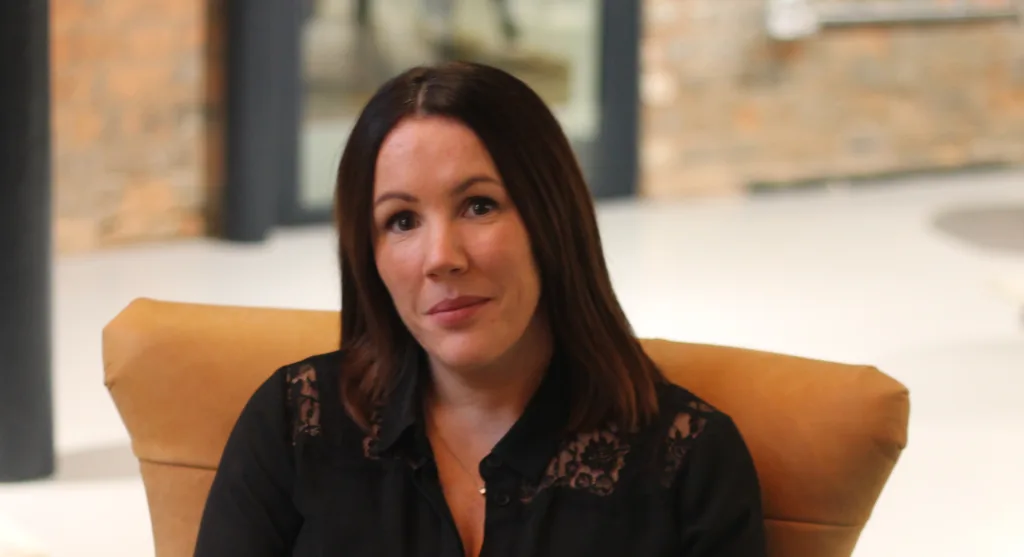by Sarah Groves, co-owner and director of Catalyst
Amid the current economy, it has never been more important for businesses to demonstrate the performance of marketing spend and determine how it contributes to bottom line. However, it can often be all too easy to get swept up in the wide range of metrics now available, without fully understanding if they are simply all shine and no substance.
It’s well documented that the commercial world continues to face one of its most challenging years yet, as consumer confidence continues to plummet and other factors, such as high inflation, rising interest rates and the cost-of-living crisis, continue to impact spending.
Every online business will experience this challenging chapter differently. However, for nearly all, it is likely that cutting costs and increasing efficiencies in order to build resilience will be a priority. All too often the first item in line here might be the marketing budget. This is because it all too often seen as a discretionary expense which can be cut without impacting the business too much. However, this is far from the case – especially in the ecommerce world.
As the digital bar continues to rise, consumers will no longer suffice for standard and increasingly crave a guaranteed flawless digital experience. One that is simple, seamless and makes it easier for them to get things done online. This becomes even more important in a price-sensitive environment where customers are more open to switching brands and won’t tolerate anything less than exceptional.
In this way, reducing marketing spend – at least significantly – during a downturn should really not be a question. Instead, it’s about doubling down on demonstrating how every bit of marketing investment is paying off and, in turn, using that intel and insight to inform and improve further marketing efforts to promote further growth.
The good news in this is that in today’s world where so much data is available, it is possible to apply a much more evidence based approach to lead generation and measurable business growth. However, the bad news is that with so many different metrics to choose from it can be difficult for online businesses to know where to start.
In terms of getting it right, firstly it’s about establishing what metrics really affect your bottom line and growth. To do this, you need to ascertain what the original sources of your leads are. While a search engine may be the first thing that springs to mind, the reality is that there are so many different options including PPC, SEO, direct to website, email marketing, social media, events, referrals, adverts and PR.
Aside from just looking at the numbers, evaluate which sources drive quick wins and which ones are slow-burners for your business. Your CRM software should be able to help with this. For example, HubSpot has built-in dashboards and reports to help make this process is easier for you. It is important to have a mix of both as one without the other will result in peaks and troughs in the sales cycle – and both are equally as valuable.
The next step is to establish whether your business is making the most of the opportunity. Does, for example, your website offer a compelling, attractive, easy and intuitive digital experience? The reality is that the Internet doesn’t give out second chances so it’s important that your website is built to entice, excite and convert. Further considerations include content. Is it benefit led? Does your content have helpful content to help nurture such as blogs and guides? Does it have proof points, for example case studies? Then finally it’s about lead generation which can include everything from calls to action, data capture opportunities and contact forms.
With this, it can sometimes be overwhelming to find out that your business might not be in the shape you thought it was. But it’s important not to rush in. Take a scientific approach. Change one item at a time and measure the results. This will help shape a better understanding of what is and isn’t working in terms of improving conversations and use data to back it up. If, for example, a certain ad isn’t delivering results, you can simply pause it or try a new creative. Equally, if certain key words aren’t pulling through, further research and analysis can inform better substitutes aligned to changing customer behaviour and trends.
Finally, don’t forget to take your customers on the journey with you. Having an open, honest dialogue with your customers and taking the time to find out exactly what they think and want from your brand can pay dividends in the long run. Take the feedback on board, see how you can apply it, adapt accordingly, and measure the impact. This process should remain a constant, ensuring your brand and marketing output remains on the pulse.
Ultimately, it doesn’t matter how good your next marketing campaign looks on paper if it doesn’t result in lead generation and measurable business growth. Rather by taking the time to regularly review, challenge and even interrogate your marketing metrics, adapt your strategy accordingly and keep your customer front of mind along the way, it’s possible to make a positive, measurable and genuine impact to your bottom line.







